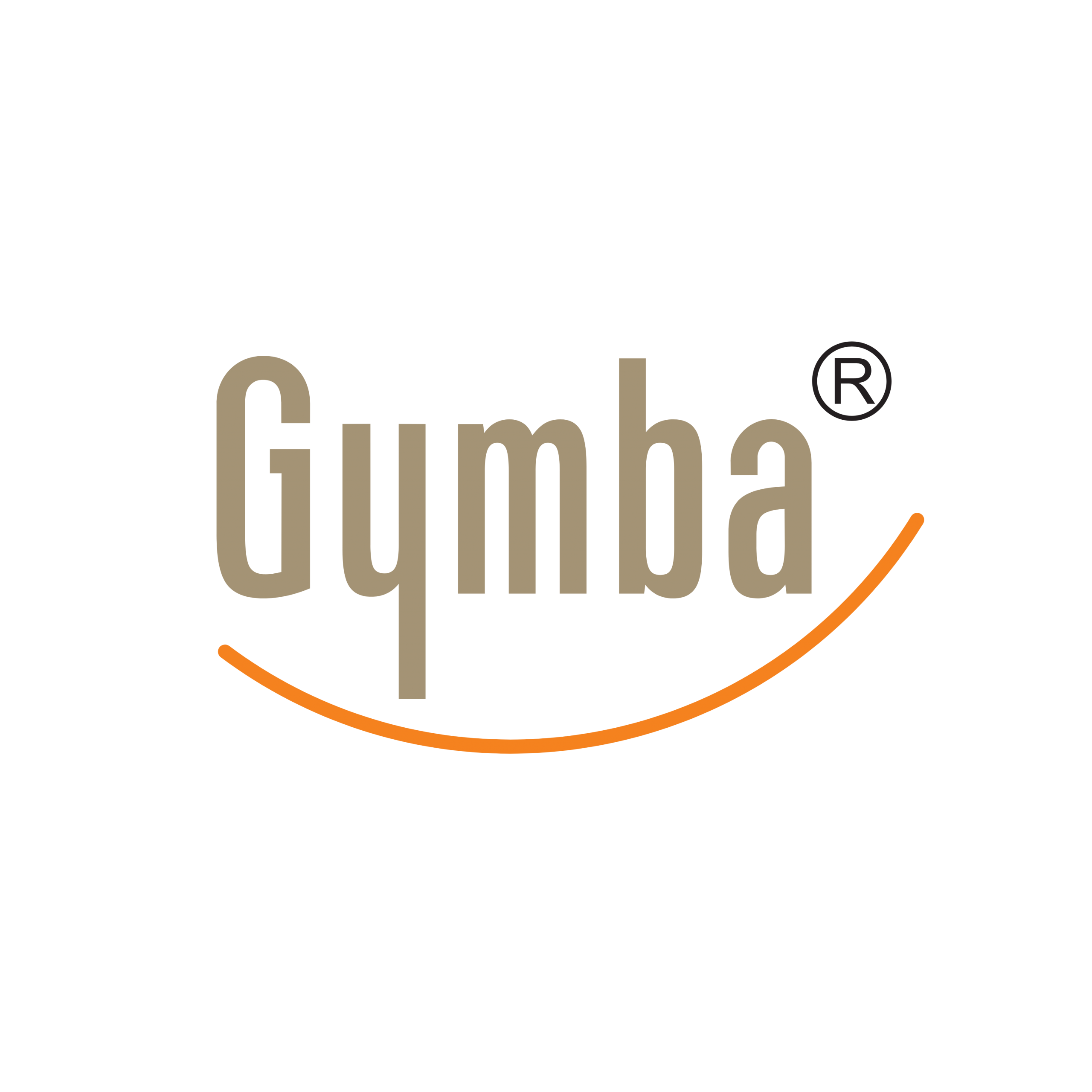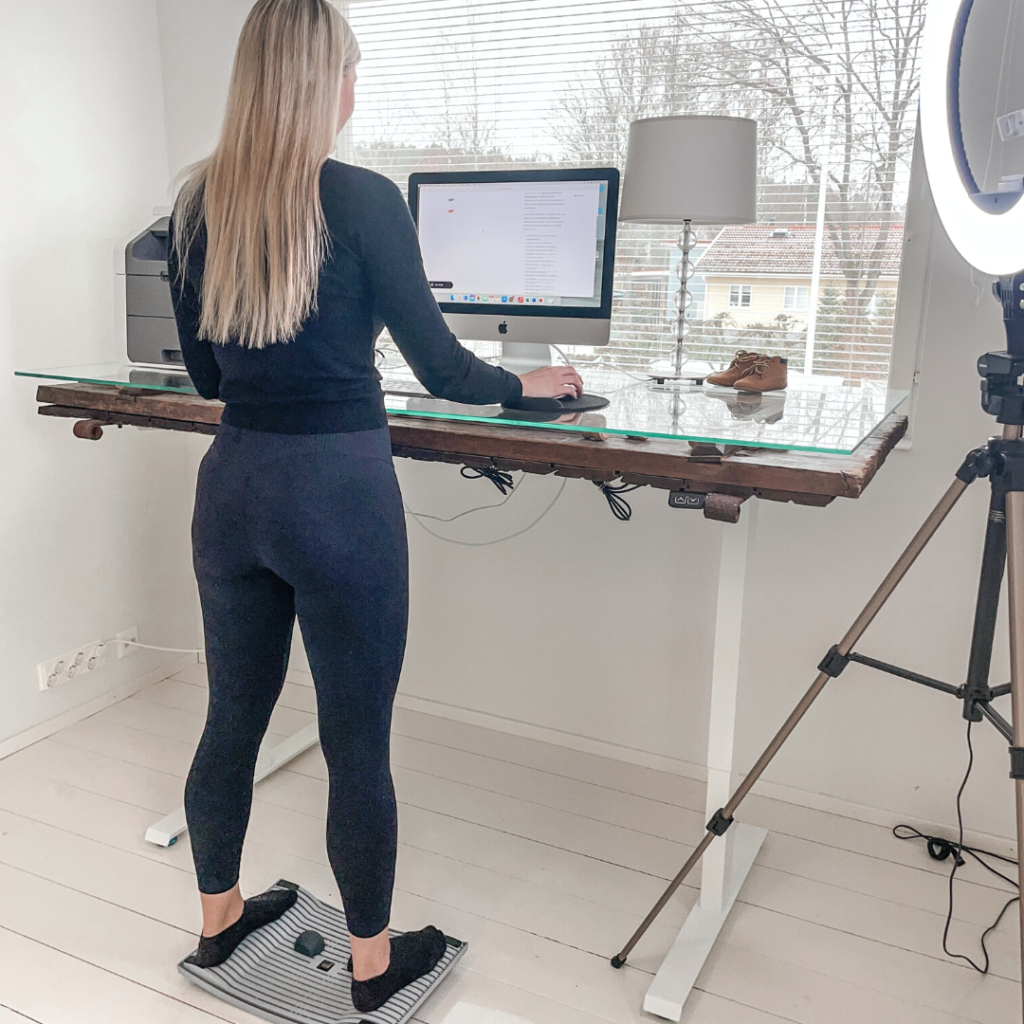Yes, activation boards can effectively help relieve lower back pain during long work hours. These ergonomic tools encourage subtle movements while standing, which helps reduce pressure on your spine, engage core muscles, and improve posture. By breaking up static positions and promoting natural movement throughout the workday, activation boards increase blood flow to the lower back region and support muscle function. When used properly at a standing desk or workstation, these boards can be a valuable part of an overall strategy to reduce work-related back discomfort and improve spinal health.
Understanding lower back pain in the workplace
Lower back pain has become one of the most common complaints among office workers, with many spending 8+ hours daily in the same position. The primary culprits behind workplace back discomfort include prolonged sitting, poor posture, and insufficient movement throughout the day.
When you sit for extended periods, your hip flexors tighten, your core muscles disengage, and uneven pressure distributes across your spine. This creates the perfect storm for developing persistent lower back issues. Even standing workstations can cause problems if you remain in static positions for too long.
Your body is designed for movement – not for holding one position hour after hour. This is where activation boards enter the picture, offering a solution that encourages the small, natural movements your body craves even while you remain focused on your work tasks.
What are activation boards and how do they work?
Activation boards are ergonomic tools designed to introduce controlled instability into your standing work routine. These platforms typically feature a slightly curved or unstable surface that encourages your body to make micro-movements throughout the day while maintaining your balance.
Unlike completely flat surfaces, an activation board creates a dynamic standing experience. The slight instability triggers your body’s natural balancing mechanisms, engaging muscles in your feet, legs, core, and back that would otherwise remain dormant during static standing.
Most activation boards incorporate thoughtful design elements like textured surfaces for foot comfort, slight rocking motions that mimic natural walking movements, and angles that promote proper foot positioning. Some models even include massage elements for additional foot stimulation while you work.
The key principle behind these boards is biomechanical – by introducing subtle, varied movements throughout your workday, you can avoid the harmful effects of remaining completely stationary for hours on end.
How can activation boards help with lower back pain?
Activation boards help alleviate lower back pain through several complementary mechanisms. First, they encourage proper postural alignment by engaging your core muscles. When these stabilizing muscles activate, they provide better support for your spine, reducing strain on your lower back.
Second, the micro-movements stimulated by activation boards improve blood circulation throughout your lower body. Enhanced blood flow delivers more oxygen and nutrients to the muscles and discs in your lower back, which can help reduce inflammation and accelerate healing of minor tissue damage.
Third, these boards break up the harmful pattern of static positioning. Even small shifts in weight and position throughout the day prevent the prolonged compression of spinal discs that often contributes to back pain.
Additionally, the gentle, continuous movement helps lubricate the facet joints in your spine, potentially reducing stiffness and discomfort that builds up during long work sessions. For many office workers, this combination of benefits can translate to noticeable relief from persistent lower back issues.
What’s the proper way to use an activation board during work?
To get the most benefit from an activation board, proper usage is essential. Start by placing the board on a stable, non-slip surface near your standing desk or workstation. Begin with short sessions – perhaps 15-20 minutes once or twice daily – and gradually increase as your body adapts.
Your feet should be positioned shoulder-width apart on the board, with weight distributed evenly. Focus on maintaining good posture: head up, shoulders relaxed, spine in neutral alignment. The goal isn’t to actively exercise on the board but to allow your body to make small, natural adjustments while you work.
Alternate between using the activation board and standing normally or sitting throughout your day. This variety prevents fatigue and maximizes the benefits. Most people find that using an activation board for 30-60% of their standing time works well.
If you are standing for longer periods, you might also consider combining the board with other ergonomic tools like a properly adjusted monitor, ergonomic keyboard.
Are activation boards better than anti-fatigue mats for back pain?
Activation boards and anti-fatigue mats serve different but complementary purposes in addressing back pain. While anti-fatigue mats provide cushioning to reduce foot and leg fatigue, activation boards focus on introducing movement and engaging muscles.
Anti-fatigue mats excel at relieving pressure points and reducing overall fatigue from standing. However, they don’t specifically address the need for movement and postural changes that help alleviate back pain.
Activation boards, by contrast, create a more dynamic standing experience that engages multiple muscle groups and promotes better posture. The constant micro-adjustments can be particularly beneficial for those with lower back issues stemming from static positions.
For many people, the ideal approach is to have both options available. You might use an activation board during periods when you feel energetic and focused, then switch to an anti-fatigue mat when you need more stability or comfort. This combination provides the benefits of both cushioning and movement throughout your workday.
Taking care of your back health at work
Incorporating an activation board into your workday can significantly contribute to better back health, but it works best as part of a comprehensive approach. Remember to take regular breaks to stretch, particularly focusing on hip flexors and back muscles that tighten during desk work.
Proper ergonomics remains crucial – ensure your monitors are at eye level, your keyboard positioned to keep wrists neutral, and your chair (when sitting) provides adequate lumbar support. Regular movement throughout the day, whether through structured breaks or informal opportunities to walk, is equally important.
At Gymba, we’ve developed activation boards specifically designed to promote natural movement while you work. Our solutions integrate seamlessly into your existing workspace, making it easy to stay active without disrupting your productivity. The Gymba activation board can also be used upside down as a standing mat. Combined with good habits and proper ergonomics, tools like these can help transform your work environment into one that supports rather than challenges your back health.
By taking proactive steps to care for your back during work hours, you’re investing not just in your current comfort, but in your long-term health and ability to stay productive for years to come.

